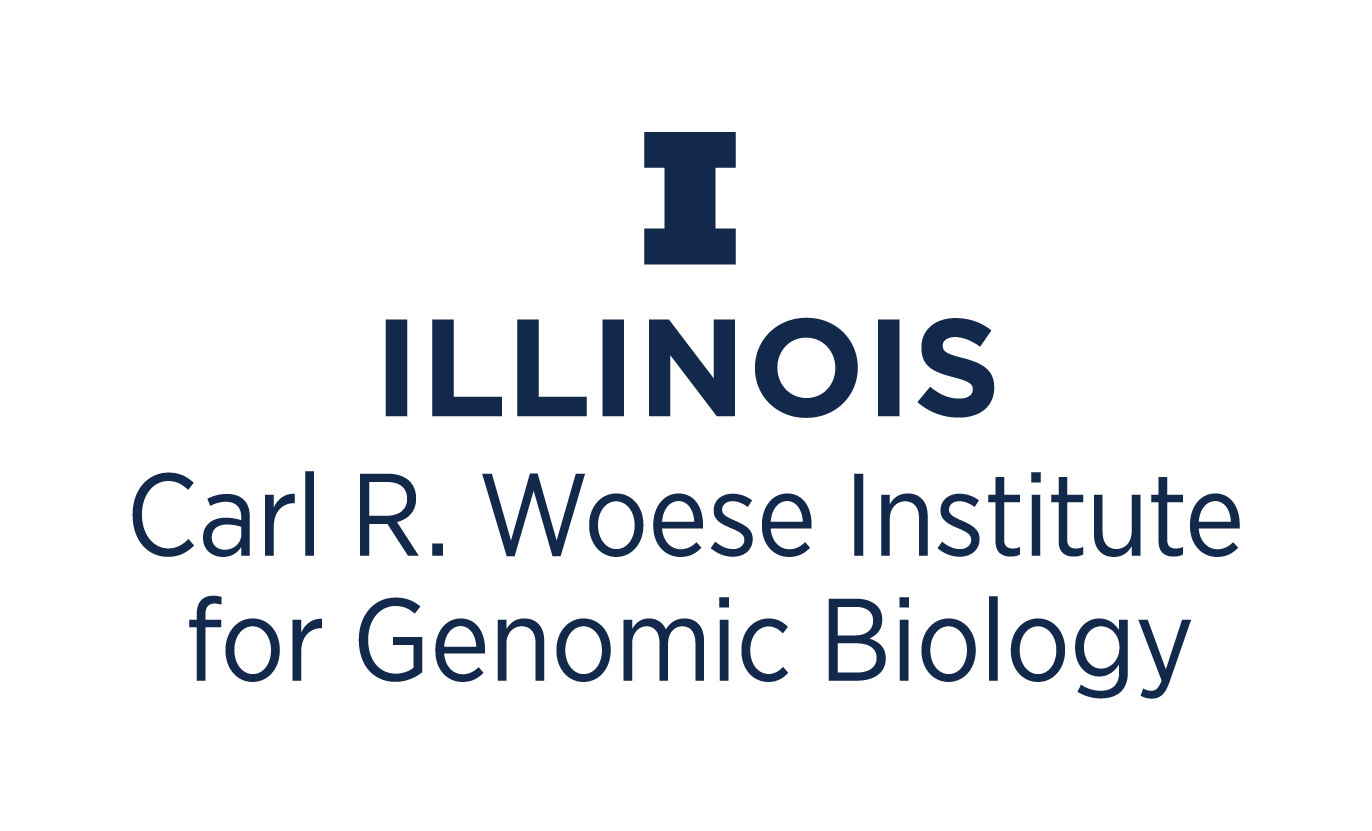Goal
Our goal is to bring together researchers from different disciplines across the University of Illinois to make new breakthroughs in genomic biology by developing new ways to measure, analyze, and interpret spatial omics data.
See the links above for tutorials, data examples, and additional resources to get started.
Overview
Spatial omics is an approach to biology research that combines
- genome-scale omics data (gene transcripts, epigenetic markers, proteins, metabolites, etc.) with
- high-resolution spatial information
to better understand molecular, cellular, and tissue-level processes.
Spatial omics has enormous potential because it connects the rich but abstract world of high-dimensional omics measurements to the three-dimensional, tangible world of physical processes. Biological function is carried out by molecules but fundamentally situated in space, so measuring both these quantities together can give a more complete understanding of how things work. Nature Methods named spatial transcriptomics Method of Year in 2020 and the technology is at the forefront of a new generation of biological research.

This new field is reaching a critical point. Its promise is evident, but its foundational concepts and techniques have not yet been fully codified. There are currently dozens of competing experimental approaches, hundreds of available analytic tools, and likely thousands of researchers formulating the right questions to ask. Spatial omics needs new, paradigm-shifting ideas.
These breakthroughs will likely arise from a convergence of disciplines, because spatial omics pertains to a wide range of areas:
- its questions can come from biology and medicine,
- its concepts might borrow from spatial ecology and geographic information systems,
- its measurement technology requires engineering and instrumentation, and
- its data analysis needs machine learning and artificial intelligence.
Because it crosses disciplines, research in spatial omics promises to catalyze new discoveries across multiple fields. Questions in biology can motivate new directions in engineering and analytics, which in turn can inspire new biological questions.
The strength and diversity of research at the University of Illinois make it uniquely positioned to make major, fundamental contributions to this fast-growing field. The IGB held a spatial omics workshop in March 2022 that was attended by faculty and staff from over eight different departments across campus. The purpose of this Spatial Omics Initiative is to build cross-campus collaborations to continue this momentum.
Mailing list and contact information
Join the mailing list if you are interested in getting updates. We've set up a Slack channel if you are interested in connecting with others. Contact us at spatial@igb.illinois.edu with any other questions.

